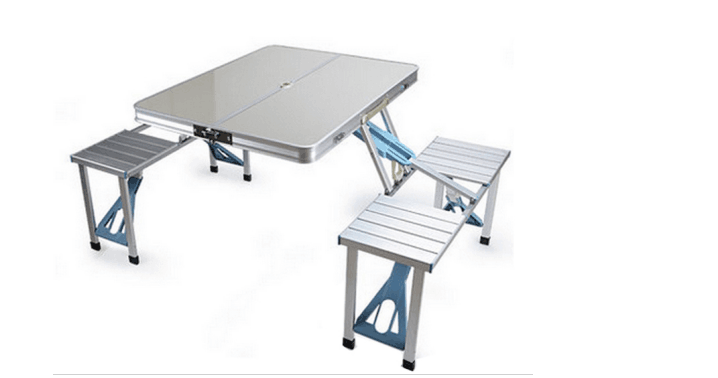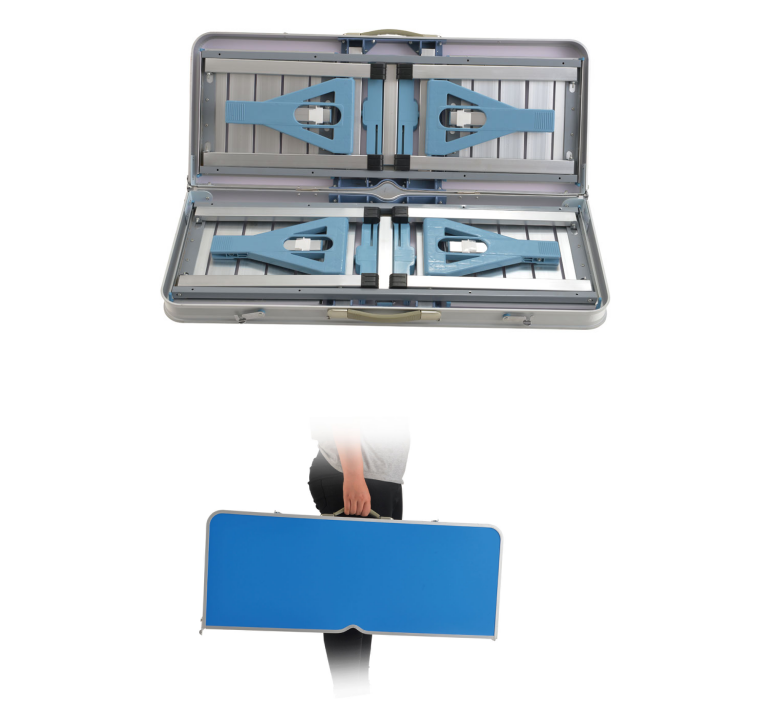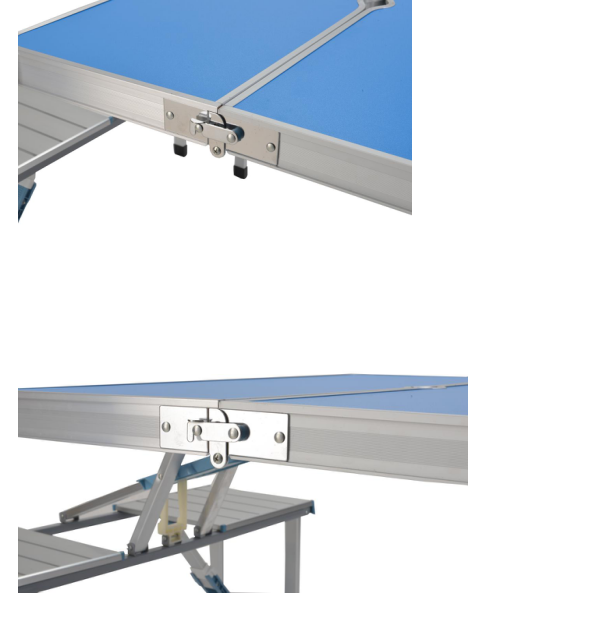Substances and factors in the printing industry that endanger human health
1. Pay special attention to the crowd: color printing personnel, prepress development operators, etc.
Today's printing industry is basically the world of color printing. It is color printing that gives operators more access to toxic and hazardous chemicals.
Volatile organic solvents are the most dangerous and are mostly hidden in the ink. They contain many substances: ethanol, isopropanol, butanol, propanol, butanone, ethyl acetate, butyl acetate, toluene, xylene, and the like. Although most of these organic solvents will be evaporated after drying, the solvent before volatilization and the remaining part after volatilization will still harm the human body. In particular, printed materials with larger ink areas and thicker ink layers have more residual solvents. Toxic substances released during use will pollute the air and damage people's health.
Pigment: Do not think that these pigment particles are very small and very safe, their adsorption ability is very strong, which contains lead, chromium, cadmium, mercury and other heavy metals, but also has a certain toxicity. When the body's lead content accumulates to a certain degree, there will be chronic poisoning symptoms such as mental disorders, nightmares, insomnia, headaches, and severe cases of fatigue, loss of appetite, nausea, abdominal distention, abdominal pain, and diarrhea. Lead can also enter brain tissue through the bloodstream, causing brain damage, which is particularly important for children’s intelligence.
2. Pathogenic reactions caused by some volatile organic solvents
(1) Occupational Chronic Hexane Poisoning - Poisoning can cause symptoms such as dizziness, headache, numbness of the extremities, occasional beating of muscles, cold hands and feet, finger sweating, and paresthesia (such as ants walking and inductance in the lower extremities); In severe cases, difficulty in walking and muscle atrophy occur. The special inspection item was a neuromuscular electromyography.
(2) Occupational acute trichloroethylene poisoning - Acute poisoning that is more likely to occur in the printing industry is caused by exposure to a relatively large amount of trichloroethylene in the short term, and central nervous system damage is the main manifestation of systemic disease. A small number of contacts have severe allergic skin disorders.
Contact reaction: short-term exposure to higher concentrations of trichloroethylene after dizziness, headache, fatigue, facial flushing, eye and upper respiratory tract irritation and other symptoms, generally within 24 hours after disengagement can return to normal;
Mild poisoning: heart palpitations, chest tightness, nausea, vomiting, loss of appetite, mild disturbance of consciousness (consciousness, drowsiness, or spasticity), trigeminal nerve damage, and mild liver or kidney damage.
Severe poisoning: Poisoning patients appear paralysis or coma, there are more than two pairs of brain damage and liver or kidney damage. Exposure to high concentrations, high doses of trichloroethylene can affect the heart conduction system, resulting in arrhythmia, severe ventricular fibrillation can occur and sudden death. Due to the long incubation period of trichloroethylene poisoning, once the contact reaction occurs, it must be closely observed and treated in time to prevent the development of the disease.
(3) Occupational chronic benzene poisoning: Poisoning patients often experience symptoms such as dizziness, headache, fatigue, insomnia, and memory loss in the early stages; late stages of pancytopenia, aplastic anemia, or myelodysplastic syndrome may occur. There will even be leukemia. There are two physical examination methods for the diagnosis of chronic benzene poisoning: blood tests and bone marrow examinations.
(4) Gasoline Poisoning - Cases of systemic poisoning caused by contact with gasoline vapor or liquids are more likely to occur in the printing industry. People with acute poisoning mainly suffer from neurological or psychiatric symptoms, and mistakenly inhaling gasoline into the respiratory tract can cause aspiration pneumonia. The main manifestations of chronic poisoning are neurasthenia syndrome (dizziness, headache, fatigue, insomnia, memory loss, palpitations, Hyperhidrosis, etc.), autonomic dysfunction, and toxic peripheral neuropathy. Severe cases can occur: encephalopathy (indifferent expression, unresponsiveness, memory, loss of computational power, etc.; psychosis (schizophrenia); paralysis of peripheral nerves caused by paralysis. Therefore, any worker who is engaged in gasoline work should undergo pre-employment physical examination, gasoline Workers should be examined once every 1 to 2 years, including medical, neurological and dermatological examinations. Patients with suspected peripheral neuropathy should undergo neuro-electromyography.
3. Career taboo
Patients with various central and peripheral nervous system diseases or those with obvious neurological symptoms, allergic skin diseases, or palmar hyperkeratosis, and women should temporarily disengage during the lactation period. According to the analysis of regulatory data, occupational chronic solvent gasoline poisoning occurs in more than 15 years of service. However, due to individual differences, the concentration of gasoline in the air, the production environment and personal protection, the onset of work may be shorter.
Second, the noise
Special attention to the crowd: operator, postpress workers
The effects of noise on the human body are mainly specific and non-specific effects. The effect of noise on auditory organs is a specific role. General hearing impairment undergoes hearing adaptation to hearing fatigue and hearing impairment. Long-term exposure to strong noise will initially cause tinnitus and hearing loss, but it can be completely restored within minutes after leaving the noise environment. After that, there will be obvious hearing loss and it will take more than 10 hours or even 20 hours to recover. At this time, if you continue to contact the noise to form a hearing impairment that cannot be completely restored or cannot be recovered, it is a noisy deafness.
In addition, long-term exposure to strong noise, many people will also have headaches, dizziness, tinnitus, palpitations, fatigue, fatigue, irritability, sleep disorders and other symptoms of neurasthenia; gastrointestinal disorders, manifested as loss of appetite, weight loss, indigestion, etc. May also affect the cardiovascular system and endocrine system changes, for example, women may have menstrual cycle disorders. The maximum human tolerance for noise is about 120 to 140 decibels. China's current noise regulations: The noise level must not exceed 85 decibels during the 8-hour work period. However, studies have shown that to protect the workers' normal hearing, the noise heard by workers during the 8-hour work day should not exceed 80 decibels and 16 kHz.
In order to reduce noise pollution in printing production, we should take certain measures to make certain improvements to the printing plant's environment:
1. Noise barriers can be established at specific locations where noise is emitted from the printing press. Other noise insulation materials and sound insulation structures are used to block the propagation of noise. Although this method does not make the noise disappear, it can reduce the decibels and reduce the noise. .
2. Take vibration isolation measures for noise generated by solid vibration to reduce the spread of noise. This requires the printing equipment manufacturers to renovate the technology of the printing press to design more humanized equipment and reduce the harm to the printing workers.
3. Printing workers can also start from their own, reduce the harm, for example, work can use earplugs to reduce the sound intensity received by the ear.
4. Acoustic radiation generally has directionality and is located at the same distance from the sound source and in different directions. The received sound intensity is also different. However, when most sound sources radiate noise at low frequencies, the directivity is poor; as the frequency increases, the directivity increases. Therefore, controlling the direction of noise propagation (including changing the emission direction of the sound source) is an effective measure to reduce noise, especially high-frequency noise.
In addition, sound-absorbing materials and sound-absorbing structures can also be applied to convert sound energy in transmission into heat energy. For printing companies, this not only reduces noise hazards, but also achieves certain benefits.
Third, mechanical damage
Special attention to the crowd: operator, postpress workers
The printing industry uses machinery instead of manpower. The use of machinery saves manpower, but the machinery itself has potential hazards. If used incorrectly, it will cause accidents.
Possible harm caused by the printing machine: It is relatively easy for the worker's body or long hair to be caught in the printing press. The printing machine should be equipped with protective devices. This device is interlocked with the transmission of the printing press; both the ink roller and the transfer arm should be covered; in the maintenance of the printing machine, such as oil lubrication, the power must be cut off and the warning plate must be attached before repair. maintenance.
Embossing machine: Embossing machines for automatic feeding usually do not have protective devices, so workers must pay special attention to protection. Manual imprinting presses must be equipped with a safety tripping device to prevent the operator's hand from being placed between closing plates. The embossing clutch can be automatically disengaged and the machine stops immediately. The safety tripping device must be correctly adjusted and properly maintained.
Paper Cutter: Cutter is one of the most dangerous machines used in the printing industry. It can easily cause workers' arm and fingers to be cut. Modern paper cutters are generally equipped with electric eye shields. One or more of its rays forms a screen in the space between the operator and the dangerous part of the machine. When the human body touches a dangerous area, the light is blocked by the arm and the interlocking device activates a cutter, etc., and it immediately stops operating.
Stapler: Book binding can generally be divided into several processes: book core with paste, stitching or bonding, trimming and bag cover. Among them, staplers must be equipped with safety devices; adhesive machines are generally accompanied by circular saws and must be equipped with protective covers; at the same time, canisters loaded with adhesives will emit odor-smeared steam, and local exhaust systems need to be arranged to eliminate them. Workers inhale into the body.
In addition, due to the high labor intensity of the printing factory, the problem of worker's lumbar disc herniation cannot be underestimated.
As we all know, in addition to printing presses, printers also need to perform some minimum preparations. The most common is to carry paper. The 60-gram offset book paper of 787mm*1092mm size has a weight of up to 25.78kg. It has caused the printing workers to work hard, and when they are serious, it will cause the workers to protrude.
There are many factors that cause lumbar disc herniation, but occupational diseases account for a large part of the causes. Lumbar disc herniation can be seen in people in various occupations. They often engage in bending work, and the driver's lumbar bumps and heavy right hand and hand are all easy to cause. Lumbar disc damage.
Therefore, for the printing workers who often suffer from pain in the waist, everyone should pay attention. Maybe you have a problem with your waist. However, don't worry first. Early lumbar disc herniation has mild symptoms and does not require special treatment. First, pay attention to bed rest, avoid lumbar compression by external forces, and secondly, apply other methods to actively exercise waist muscle strength, increase the strength of the anterior lumbar anterior ligament, posterior ligament and lateral ligament, and avoid intervertebral disc compression to break through normal human ligaments. protection of. Strengthening the exercise of the lumbar muscle can prevent and delay the occurrence and development of lumbar disease and treat early lumbar disc herniation. According to the survey, the muscular ligament in the waist is developed, and the probability of continued development of lumbar disc herniation is reduced by 80% in people with large strength. Therefore, the ligaments and muscles around the waist are powerfully exercised, which is of great significance for the recovery of disc herniation.
The Aluminum Folding Table is popular through thousand of families , because it`s easy folding .lightweight .
Construction of the folding table , MDF top platform , many kinds of color for your choice of teh table .with four chairs made of aluminum , holding the table .
It`s suitable for every where , what ever you have a party outdoor or indoor , have a lunch or picnic with it , it can be party folding table indoor , or Picnic Folding Table .
The max loading of the Folding table is 150kgs . Conforms to EN131 the European standard .
Have it in your life , have colorful life !
More details as follows :
Material:aluminum
Thickness:1.0mm
Extension size:86*70*125cm
Folding size:86*34*10.5cm
Top table size: 86*39*12cm
Packing size:88*39*12cm
Max load:150kgs





Q: Are you factory or trading company ?
A: We are factory , exported foreign over decade with rich experiences .
Q: We can change the color of the rubber cover ?
A: yes , the regular is black , you also choose other color .
Q:What`s the MOQ ?
A: 50 PCS.
Q: Can I have a sample ?
A: It`s ok .
Q:What`s your price ?
A: It`s depends on your demands, quantity , we can offer you lowest price .
Q:What`s your delivery time ?
A: Sample order : 3days , bulk order : 23-25days .
Q: Can we use our logo or brand on the package ?
A: yes , OEM is ok .
Q: What`s the payment :
A: (1) T/T: 30% deposit be paid in advance , the 70% of total payment see the copy of B/L.
(2) L/C it`s ok .
(3) Cash also ok .
More inquires or questions , plz feel free to contact us !
Welcome to visit our factory !
Folding Table
Aluminum Folding Table,Picnic Folding Table,Outdoor Folding Table,Folding Table With Chairs
Yongkang Aoyi Industry&Trade Co., Ltd. , https://www.aoyiladder.com